Whitehall statistics: Getting to know the new government, in five charts
Middle-aged, white and male?
Middle-aged, white and male. The ‘most diverse Parliament ever’ is beginning to undermine this stereotype of politicians, but can the same be said of the new government? Emily Andrews checks out the vital statistics.
The new government is 75% men, with women most heavily represented at the highest ranks 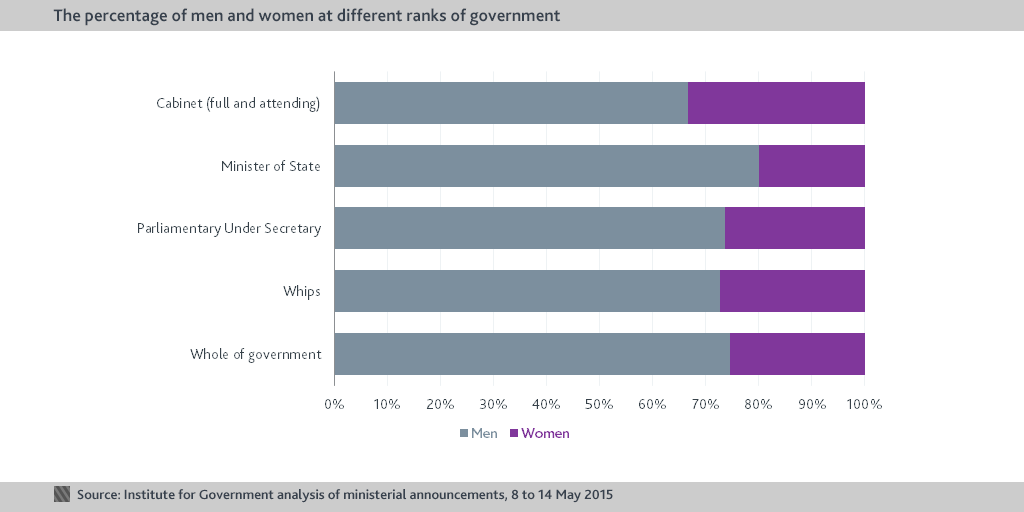
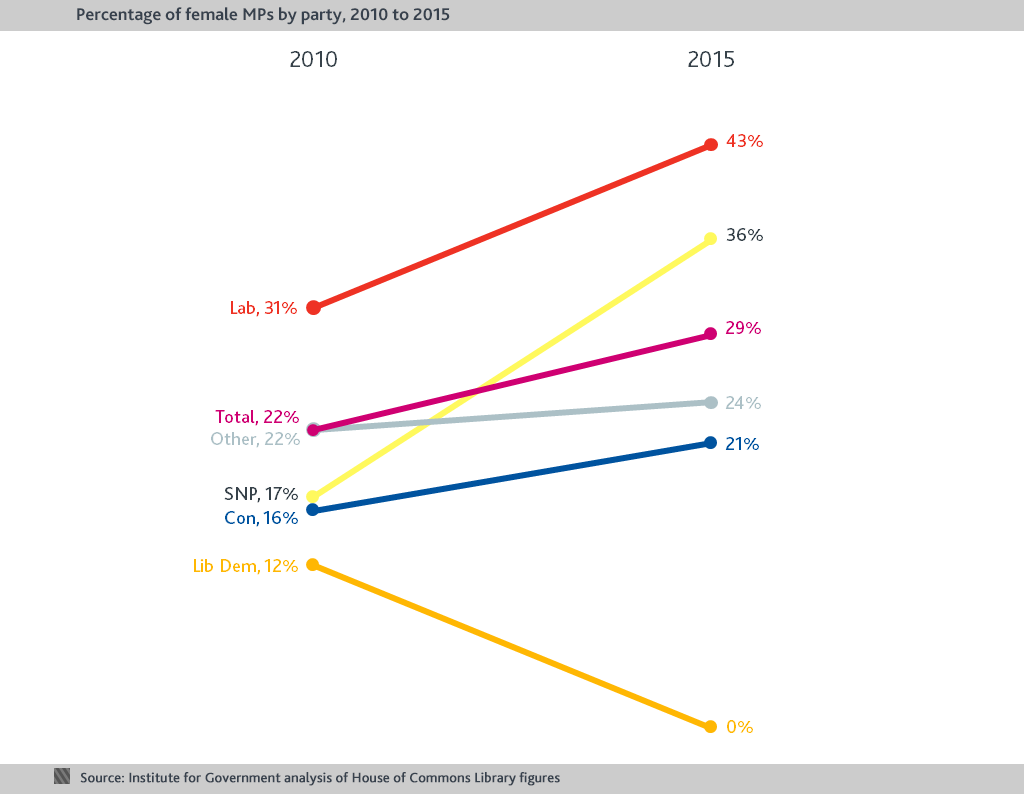
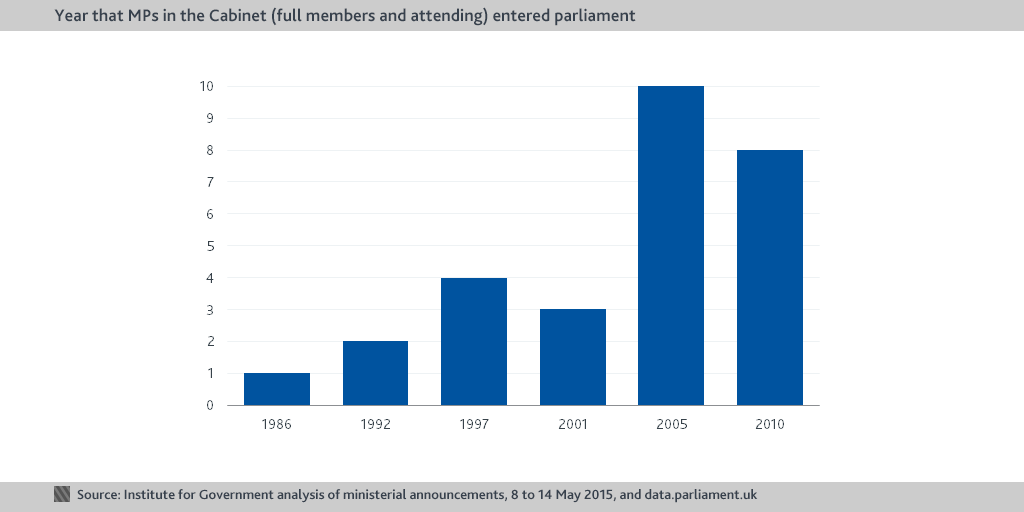
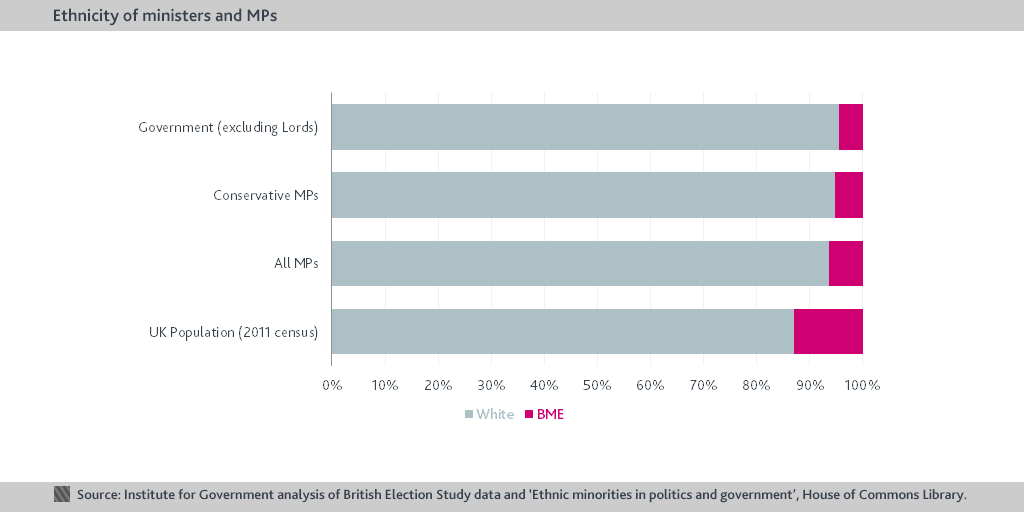
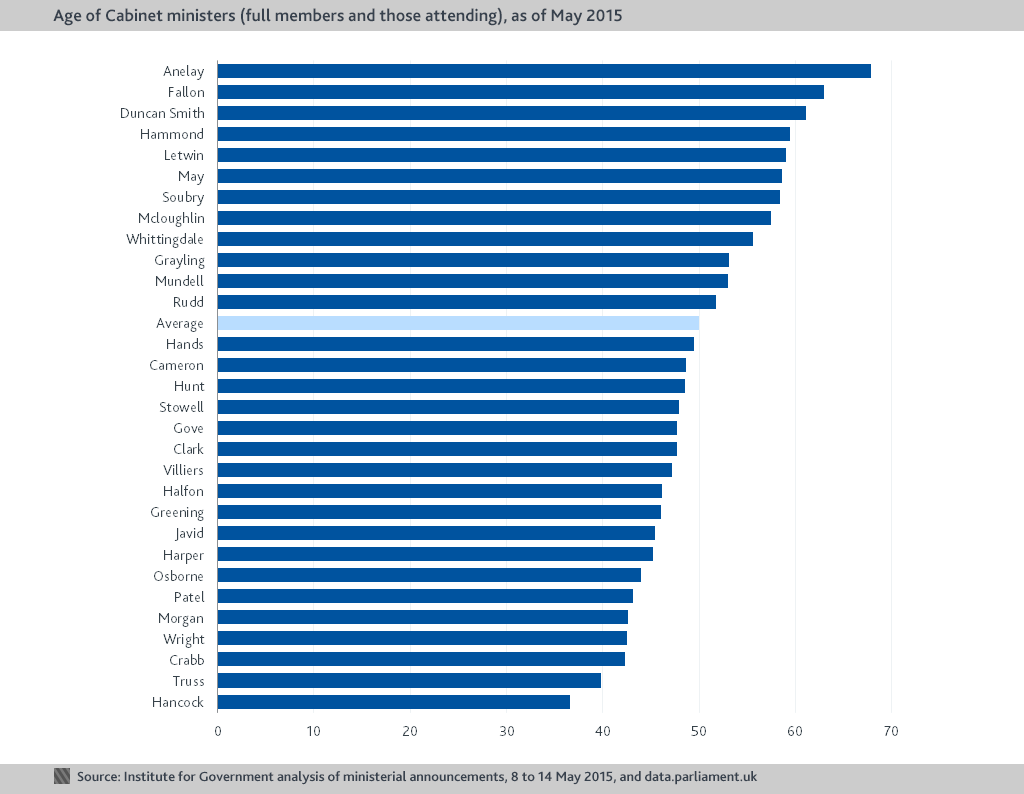
- Topic
- Ministers
- Keywords
- Cabinet Diversity and inclusion
- Administration
- Cameron government
- Publisher
- Institute for Government